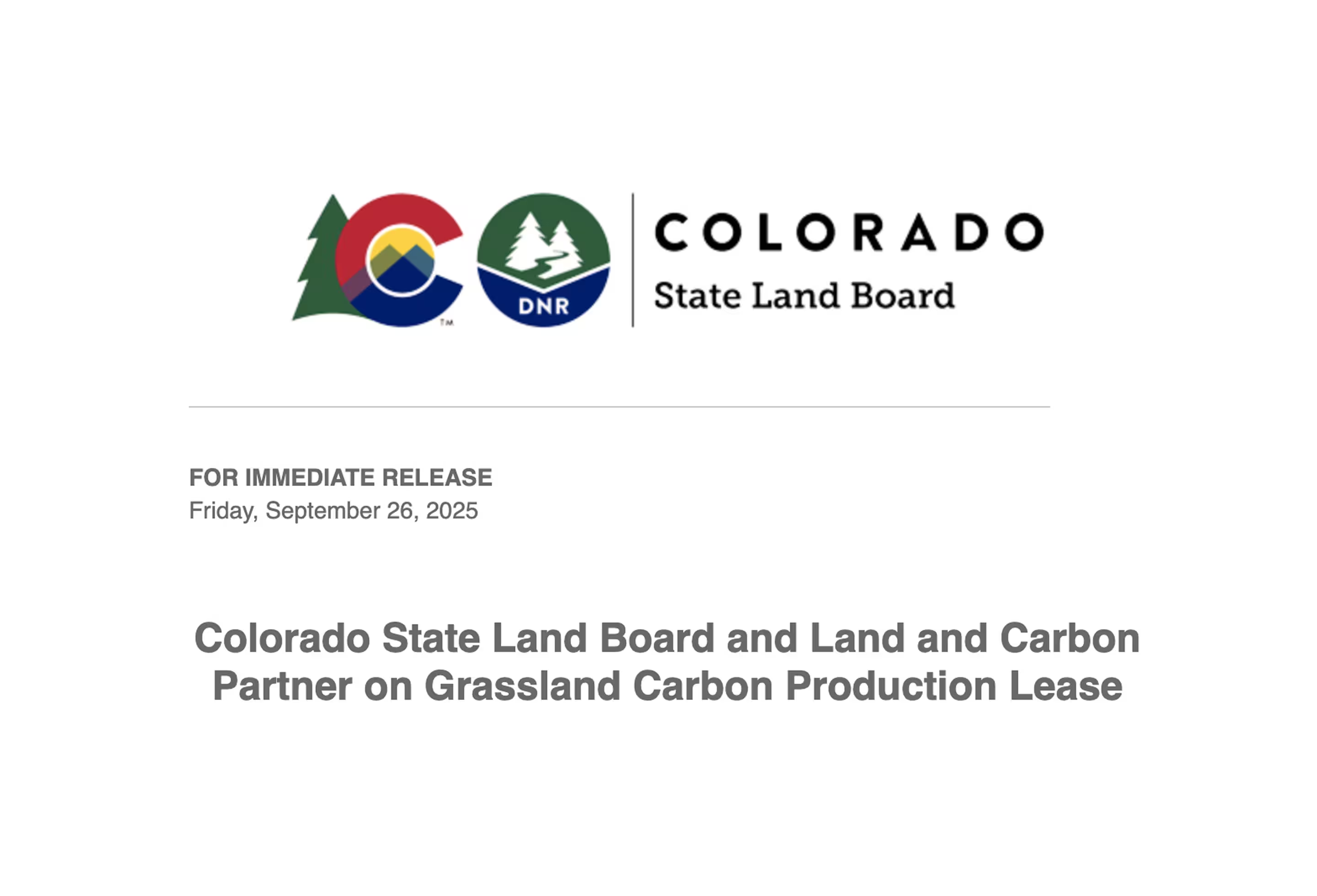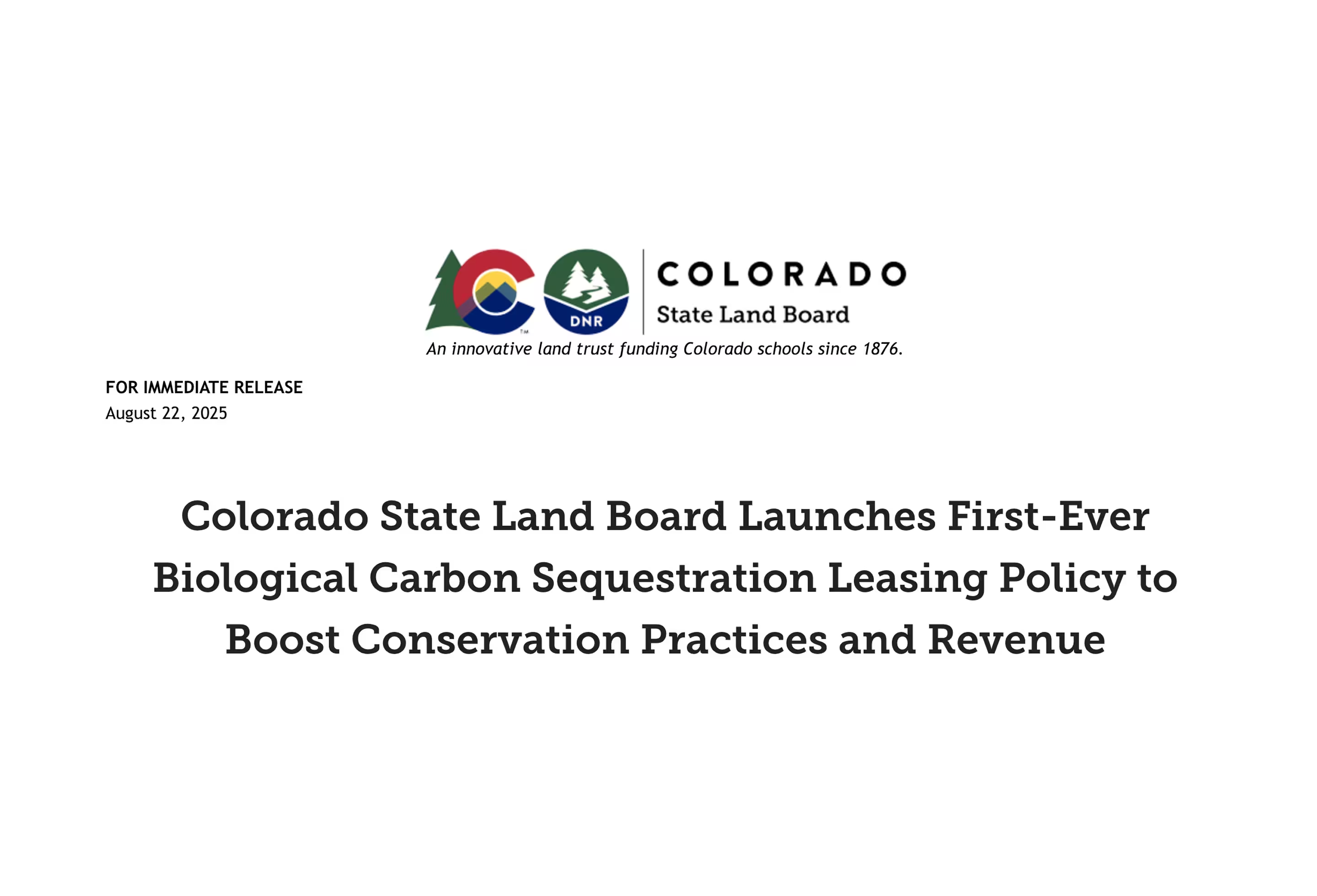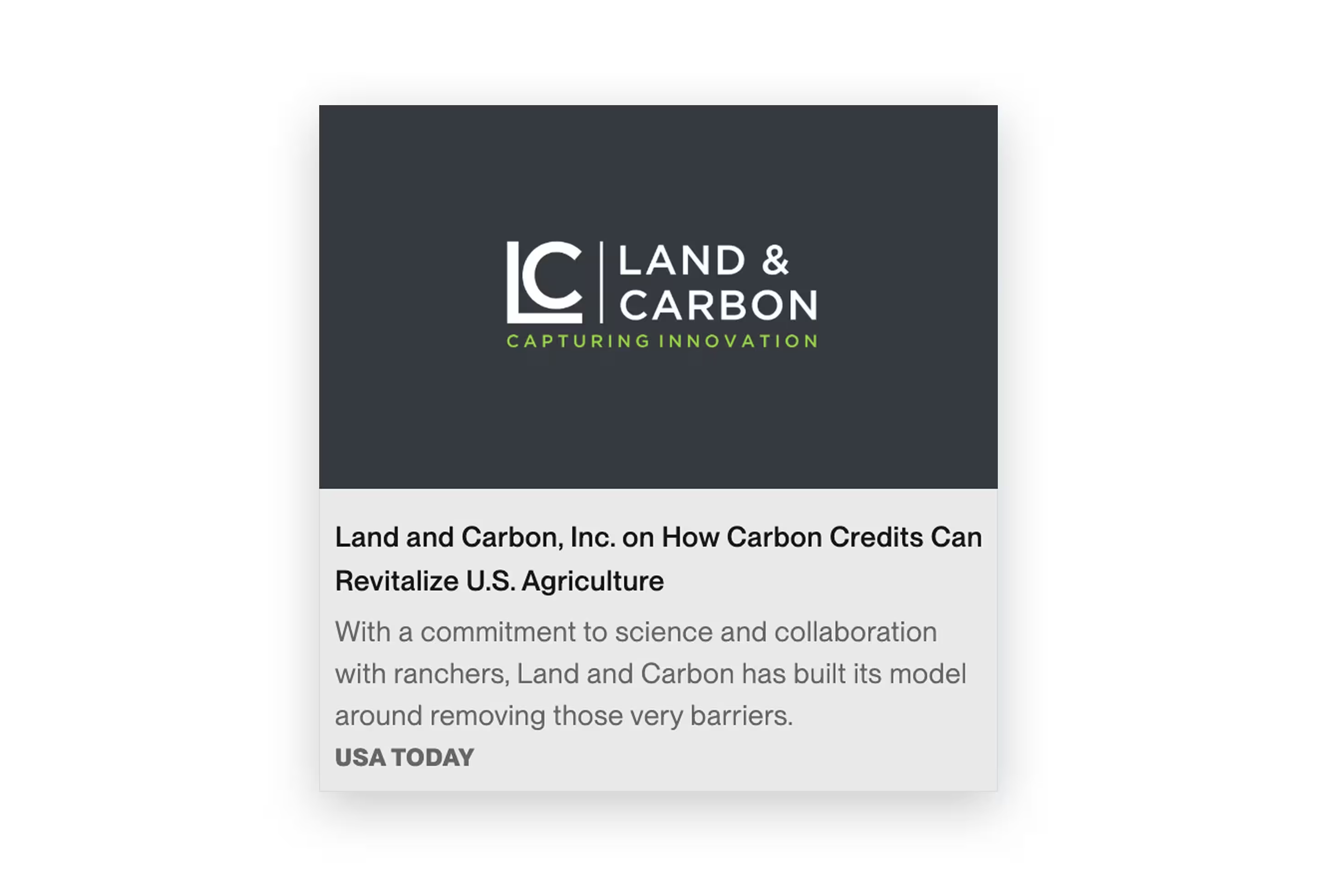As an aspiring Ph.D. candidate, I undertook a fairly laborious statistical (log-linear model of quasi-independence) analysis on thousands of meters of core samples and outcrop sections measured and painstakingly described and coded on a centimeter-by-centimeter basis. The purpose was to help determine if there was any predictable, non-random vertical or lateral variability in rock distributions over a 100+ sq. km area (Lawrence, 1984). I described my results to one of my advisors, a renowned polymath gifted with enormous intellectual curiosity and a professor in four different science disciplines. He asked me what I had learned. I told him about my now predictable non-random rock sequences. “But you already knew that”, he commented. I nodded ever so slightly. “So”, he said, eyes squinting at me like examining a stone under a hand lens, “why didn’t you just look at it?”

I’m reminded of this decades later, attempting to quantify values of carbon additionality in the soil as a viable approach towards addressing global climate change, soil health and ecosystem services. I’ve looked at soil carbon data for a long time. I just know the carbon additionality is there. But, unlike my preternaturally gifted Professor, carbon registries, carbon markets, government agencies, NGOs, companies with net zero aspirations, landowners and the general public increasingly require a much more rigorous and disciplined approach than “just looking at it” to quantify how much carbon is being retained in soil (see Popkin, 2023). Realizing the true potential of sequestered soil carbon to offset carbon emissions requires good science, comprehensive project design and development, rigorous baseline studies, analysis and quantification of carbon additionality, first-rate project operations, disciplined and agnostic measurement, monitoring, reporting and verification, and yes, solid statistical analysis.
Lawrence, D.T, 1984, Patterns and Dynamics of Late Cretaceous Marginal Marine Sedimentation, Overthrust Belt, Southwestern, Wyoming. Ph.D. Dissertation, Yale University.




